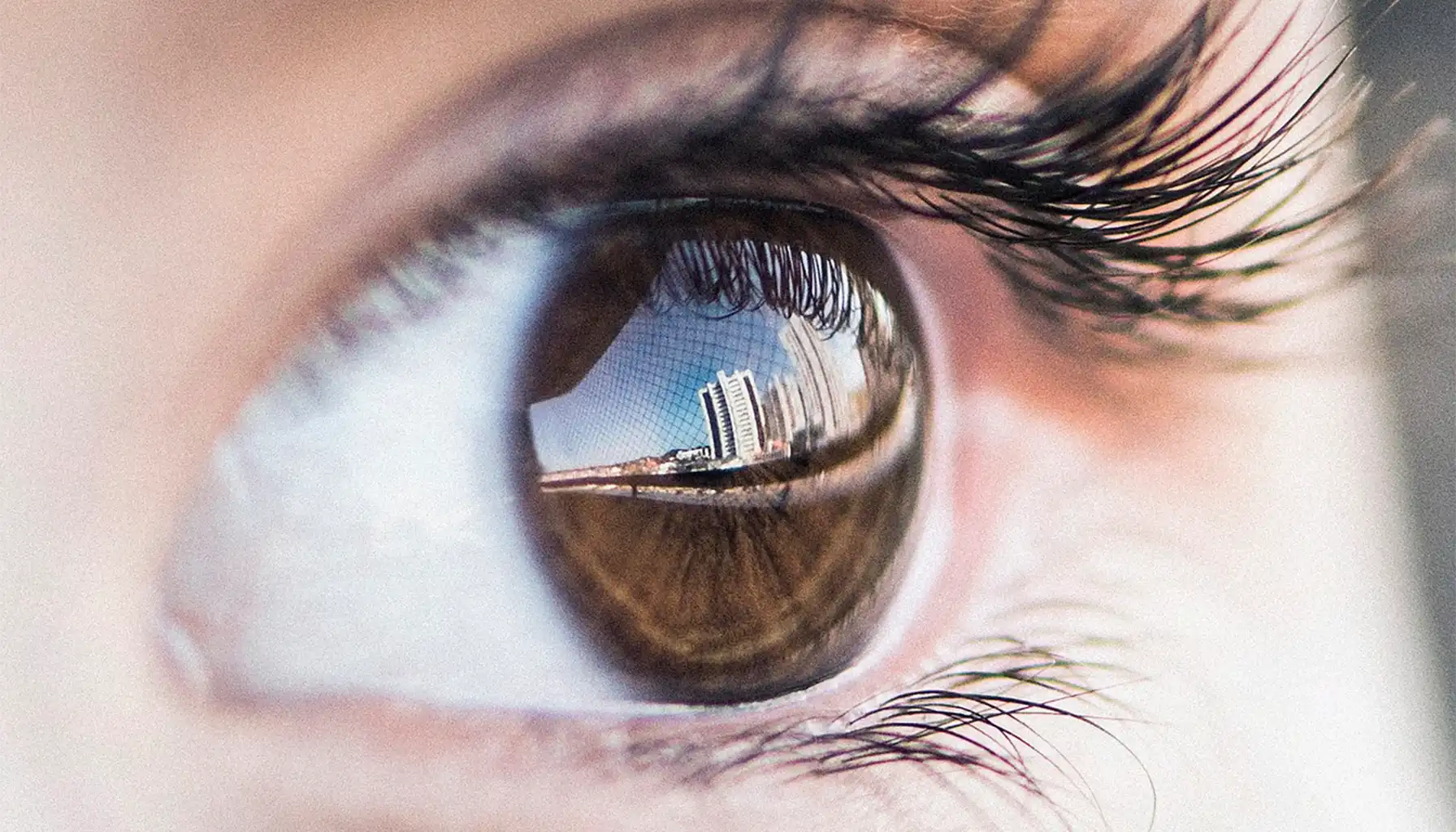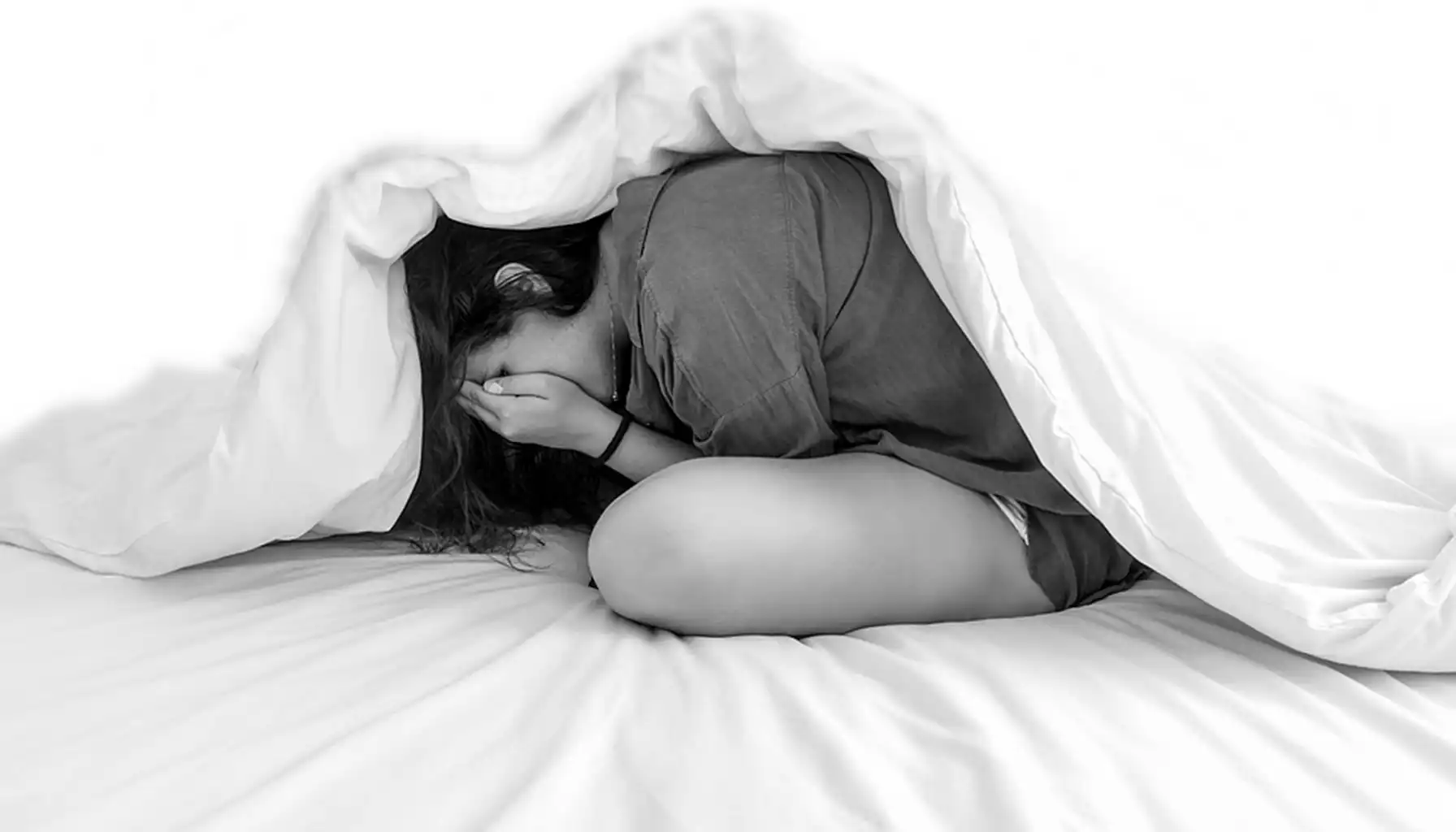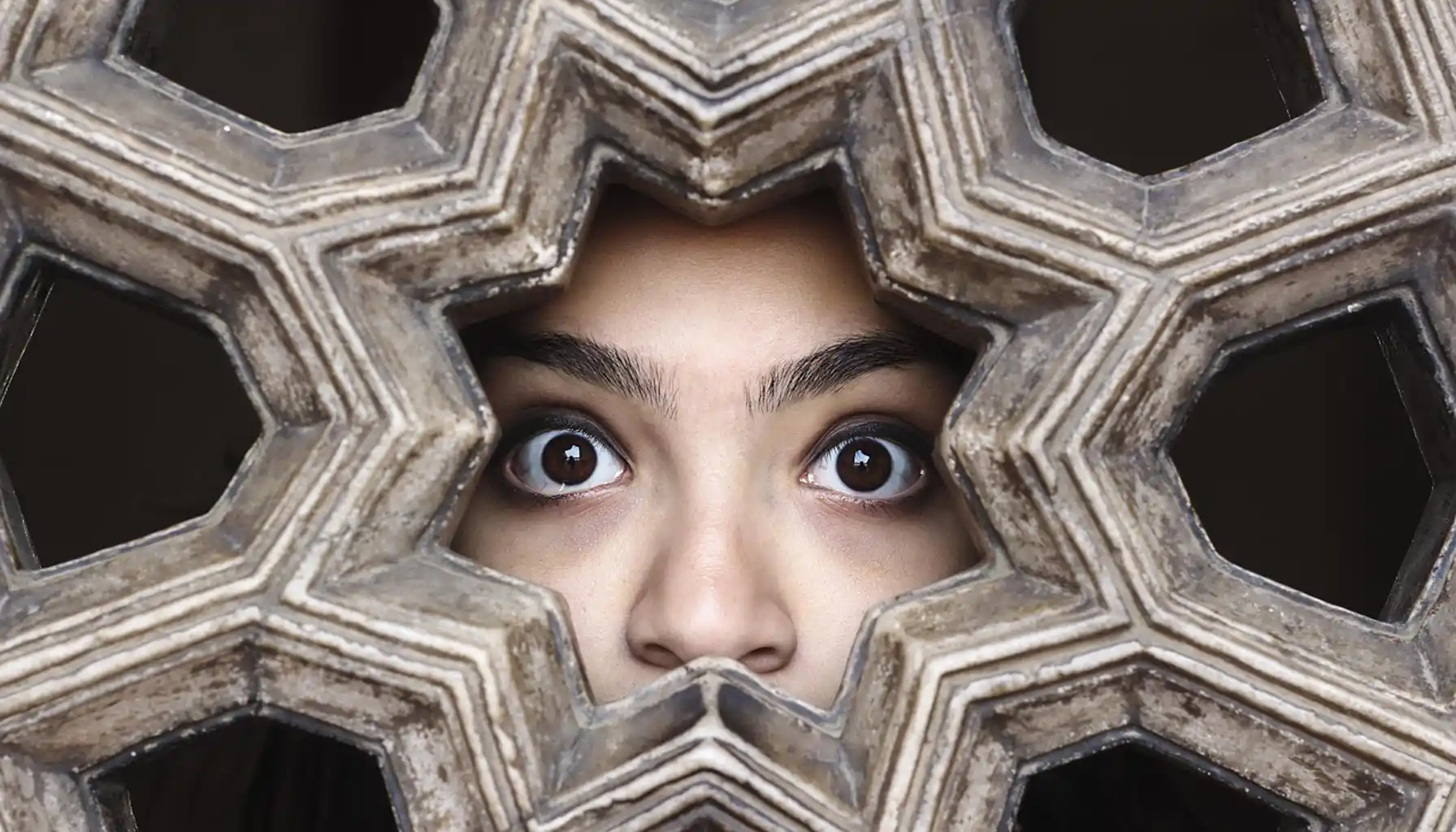Contents:
- Bathmophobia Meaning and Definition
- Bathmophobia Symptoms
- Causes: Why Does the Fear Appear?
- Types and Variations of the Fear
- Diagnosis: How Doctors Identify It
- Bathmophobia Treatment
- How to Overcome the Fear of Stairs
- Risk Factors
- Associated Disorders
- Table 1: Bathmophobia vs Climacophobia
- Table 2: Physical and Emotional Reactions
- Conclusion
One of the lesser-known but truly limiting anxiety disorders is bathmophobia. This is a fear of stairs, a panicky feeling of danger that occurs when looking at stairs or inclined surfaces.
People with this condition often restrict their movement: they choose routes without stairs, don’t visit public places with escalators, and sometimes completely refuse to travel. In extreme cases, they isolate themselves at home, since even the nearest store may seem unreachable if there is a step leading there.
Cognitive games develop attention, memory and logic, but when it comes to phobias, deeper work is needed.

Bathmophobia Meaning and Definition
Bathmophobia definition includes an irrational fear, when an ordinary staircase is perceived as a source of threat. A person understands that the structure is safe, but the consciousness "switches on" anxiety reactions: increased heart rate, muscle tension, trembling knees.
The bathmophobia meaning is not just a fear of heights or stumbling. This is a fixed focus of anxiety: the object becomes the very form of space - steps, a slope, a gap in the surface.
Important: at the everyday level, people often ask "what is the fear of stairs called?"
Answer: bathmophobia is recognized as a medical term.
Bathmophobia Symptoms
Bathmophobia symptoms appear on several levels at once - physiological, cognitive and behavioral. This combination makes the phobia especially debilitating: a person not only experiences strong physical reactions, but also gets trapped in a vicious cycle of anxious thoughts and limiting behavior.
Physiological Reactions
The body reacts to the stairs as if they were a real mortal threat.
An increased heart rate and heavy sweating occur even when looking at the steps.
A feeling of suffocation or lack of air arises, which can cause a person to grab his chest or stop in place.
Dizziness is often accompanied by trembling knees, and in some patients - a pre-fainting state.
Muscle spasms, dry mouth and "cold hands" are observed, which is typical for the "fight or flight" reaction.

Cognitive Manifestations
The mind becomes fixated on the thought of a threat, which increases stress.
Obsessive beliefs: "I'm bound to fall" or "I won't be able to hold on."
Catastrophic scenarios: ideas about fractures, disability, or sudden death ("I'll have a heart attack").
Tunnel vision: a person stops noticing the surroundings, completely concentrating on the danger.
Often, the so-called "cognitive anticipatory anxiety" is involved - even before meeting the stairs, which leads to constant tension.
Behavioral Strategies
To reduce anxiety, people develop entire “avoidance systems.”
Refuse to visit buildings with stairs or escalators.
Look for alternate routes, even if it takes significantly more time and effort.
Stop participating in social events, which leads to social isolation.
In extreme cases, patients use elevators even for one floor or completely limit their movement.
Some describe that the trembling in the legs begins not only during a real climb, but also when watching films where the hero climbs steep stairs. Moreover, anxiety can increase even from pictures or photographs of steps - this is enough to turn on the automatic defense mechanism.

Causes: Why Does the Fear Appear?
Traumatic Experience
The most obvious source is personal trauma. A bad fall in childhood can reinforce a strong association of "stairs = danger." Sometimes it's enough to witness someone else's tragedy: a child sees someone else fall and get hurt, and unconsciously reinforces the connection.
Heredity and Biology
Phobias are more common in people with a family history of anxiety disorders. Research shows that inherited patterns in the amygdala enhance the fear response.
Psychological Mechanisms
long-term anxiety that develops into a specific phobia;
the formation of "learned fear" through stories and warnings from parents ("be careful, the stairs are very dangerous");
the combination with other disorders: acrophobia, vestibular disorders, panic attacks.
Types and Variations of the Fear
Bathmophobia can manifest itself in different ways:
Fear of steep staircases — the sharper the incline, the stronger the anxiety.
Fear of walking down stairs — the legs literally “give way”, the person holds on to the walls.
Anxiety about spiral stairs — winding staircases make orientation difficult and cause dizziness.
Fear of endless staircases — long or tall stair flights provoke a sense of hopelessness.
Fear of stairs with gaps — transparent steps in shopping centers or offices cause horror.
Diagnosis: How Doctors Identify It
Although the DSM-5 doesn’t list this fear as a separate category, psychiatrists and psychologists diagnose it as a specific phobia.
Criteria include:
Symptoms last for at least 6 months.
Realizing the irrationality of the fear.
It greatly restricts everyday life.
The examination also assesses avoidance behavior and the presence of associated disorders, such as sleep problems or panic attacks.
Bathmophobia Treatment
Psychotherapy
Cognitive behavioral therapy (CBT). The patient learns to analyze their thoughts and replace them with more rational ones. For example, instead of “I will fall,” “the stairs are safe, I hold on to the railings” is formed.
Exposure therapy. Gradual habituation: photos, videos, a short descent under the supervision of a specialist. The goal is to reduce sensitivity.
Hypnotherapy. Used as a complementary method: in a trance state, you can rewrite the perception of a traumatic experience.
In case of severe symptoms, antidepressants or anxiolytics are prescribed. They help control anxiety levels while working with a psychotherapist.
How to Overcome the Fear of Stairs
Dealing with it requires a systematic approach. Avoidance only perpetuates the problem.

Practical steps:
Breathing training: slow inhalations and exhalations reduce tension.
Physical preparation: strengthening the legs and balance reduces the fear of falling.
Dividing the task: first one step, then several.
Using support - railings, a partner, a cane.
Planning routes in advance and choose safer options.
Train balance (yoga, pilates).
Talk to loved ones about the problem so as not to remain isolated.
Combine therapy with relaxation techniques: meditation, breathing practices.
Monitor the quality of sleep and nutrition, as fatigue increases anxiety.
Psychotherapists often recommend keeping a diary and noting situations of success, monitoring the level of fear.
Risk Factors
Include:
female gender (statistically, women suffer from phobias more often);
childhood trauma;
hereditary features of the nervous system;
chronic stress and fatigue;
the use of alcohol as a means of ‘cope with tension’, which worsens the condition.
Associated Disorders
Bathmophobia can be combined with other disorders:
acrophobia (fear of heights);
barophobia (fear of gravity);
ilingophobia (fear of dizziness).
There is also a connection with depression, social isolation, and panic attacks.
Table 1: Bathmophobia vs Climacophobia
Characteristic | Bathmophobia | Climacophobia |
When it appears | At the sight of stairs or a slope | At the moment of climbing/descending |
Type of fear | Panic even before the action | Fear only during the action |
Limitations | A person avoids buildings, streets, routes | Most often only physical activity |

Table 2: Physical and Emotional Reactions
Symptom | Manifestation | Possible consequences |
Tachycardia | Rapid heartbeat | Increased anxiety |
Sweating | Strong hyperhidrosis reaction | Social discomfort |
Trembling | Legs give way | Risk of falling |
Shortness of breath | Feeling of suffocation | Avoidance of physical activity |
Panic | Obsessive sense of threat | Withdrawal from life outside the home |
Conclusion
Bathmophobia is more than just a fear of stumbling. This condition can literally block a person’s path to normal life: depriving them of travel, social connections, and work. But it’s important to remember: treatment exists. Psychotherapy, exposure techniques, and, if necessary, medications allow you to regain your freedom step by step.
If you or your loved ones exhibit the symptoms described, such as fear of going up stairs, you should contact a specialist. Self-help practices can be useful, but it’s therapy that helps break the vicious circle of fear and restore the ability to move forward - both in life and up the stairs.





